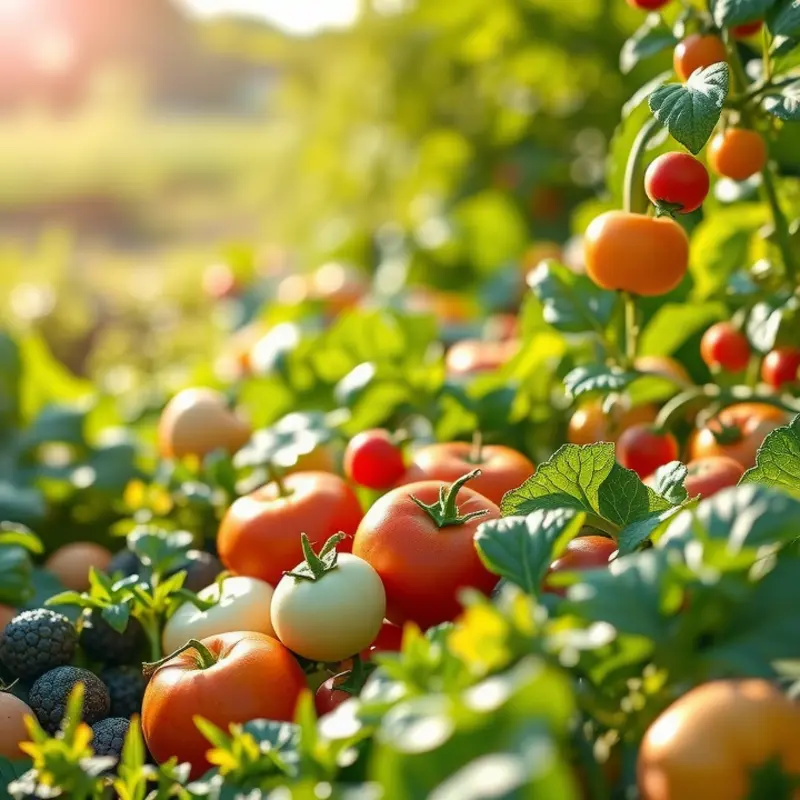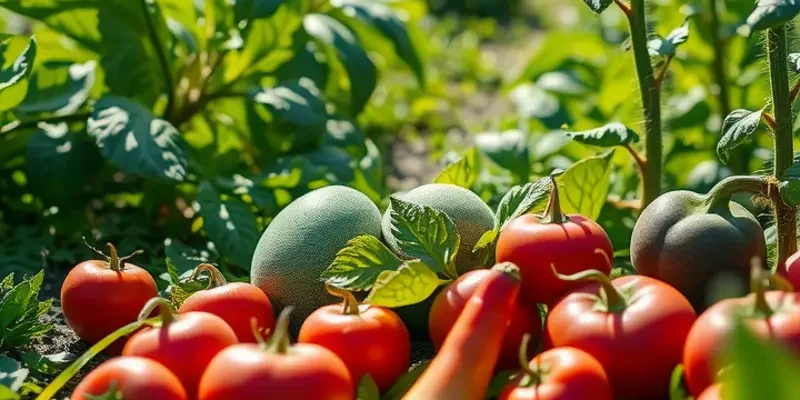Understanding food labels can dramatically improve how we store and manage food at home. By following simple yet effective labeling practices, you can enhance food safety, reduce waste, and streamline meal preparation. Experience the benefits of being organized and informed as we delve into practical tips for labeling that will not only save you time but also your hard-earned money.
Understanding Food Labels: The Key to Safe Storage

Reading and interpreting food labels is an essential skill for maximizing food freshness and ensuring safety. By understanding what each component on a label means, you can effectively manage your food storage and reduce waste. Let’s dive into the different elements commonly found on food labels and how they guide storage decisions.
Expiration Dates: A label often includes several types of dates, such as “use by,” “sell by,” and “best before.” The “use by” date is crucial for perishable items like dairy or meat, as it indicates the last day the product is considered safe to consume. Meanwhile, “sell by” and “best before” dates are more about quality than safety, suggesting the timeframe for optimal taste and freshness.
Storage Instructions: Labels frequently provide storage instructions, which can vary widely depending on the product. For instance, fresh produce labels may recommend refrigeration after opening. Dry goods, however, might suggest a cool, dry place. Pay attention to these instructions, as they are designed to preserve the product’s freshness and prevent spoilage.
Ingredients and Allergen Information: For those managing dietary restrictions or allergies, ingredient lists and allergen warnings play an essential role. They inform not just consumption decisions but also storage needs, as some ingredients may require specific temperatures or conditions to maintain efficacy.
Labeling Fresh Produce and Leftovers: Fresh produce often lacks formal labeling, so it’s wise to create your own system. Write the purchase date on a label for easy tracking. The same applies to leftovers; label containers with the date of preparation. This practice allows for quick identification of older items, ensuring they are used before spoilage.
Managing Dry Goods: Dry goods like pasta and grains generally have a longer shelf life but still benefit from proper labeling. Transfer these items to airtight containers and include a label with both the purchase date and the expiration date from the original packaging.
Frozen Foods: Freezing is an excellent way to extend the shelf life of many foods, but labeling remains key. Clearly mark freezer bags or containers with the freezing date. Adhering to these dates maintains food quality and minimizes the risk of freezer burn, which can impact both taste and texture.
For further optimization of your kitchen storage practices, consider exploring eco-smart kitchen storage. With these insights, you’ll master not just the reading of labels but also the art of maintaining an organized, waste-reducing kitchen environment.
Practical Labeling Techniques to Minimize Waste

Reducing food waste starts with a fresh approach to organizing your kitchen. A well-structured labeling system can make all the difference in how efficiently you manage food items. Begin by using color-coding to identify priorities. Assign colors to categories like ‘use first’, ‘frozen’, and ‘long shelf life’. This visual cue helps you quickly locate items that need attention before they spoil.
Investing in durable labels is another simple yet effective technique. Opt for waterproof, smudge-resistant labels to ensure legibility over time. These are ideal for pantry staples and fridge items alike. Make note of purchase dates and expiration details. For home-cooked meals or leftovers, include preparation dates to track freshness.
Maintaining an inventory of your pantry and fridge is vital to minimizing waste. List all perishable items with their respective expiry dates. This inventory system can be as simple as a chalkboard near your pantry or a digital app for those who prefer a tech-savvy approach. The key is to update this regularly as items are consumed or replaced.
Organizing leftovers is where many waste-reduction efforts falter. Set one day each week, perhaps on the weekend, to examine the contents of your fridge. Plan meals that incorporate those leftovers—or freeze them for later use. Consider setting up a designated section in your fridge just for leftovers to keep them from being overlooked.
Effective expiration date monitoring goes hand in hand with efficient labeling. Shelf life guides, which provide general timelines for food storage, can be handy references. However, always rely on the combination of smell, appearance, and expiration date when evaluating whether an item is safe to consume.
Devise a system where older products are placed at the front and newer stocks behind. This first-in, first-out strategy ensures older items are used first. Extend this practice to your pantry to maintain a streamlined rotation.
For those looking to enhance their kitchen storage systems, adopting an eco-smart approach can further minimize waste. Simple changes like opting for glass containers or reusable bags significantly lower the amount of plastic waste produced.
Start transforming your kitchen into a more efficient, low-waste environment by implementing these labeling techniques. With clear, systematic practices, you’ll not only reduce waste but also save money and time in the long run.
Final words
Implementing effective food labeling practices is essential for anyone looking to enhance kitchen organization, maintain food safety, and minimize waste. By familiarizing yourself with the important aspects of food labels and applying simple yet effective techniques, you can transform the way you manage food at home. Adopting these practices not only helps you save money but also encourages a healthier lifestyle and reinforces sustainability. Start today by reviewing your current labeling methods, experimenting with new techniques, and committing to a kitchen routine that prioritizes freshness and safety.







